How To Treat An Infected Tattoo
Getting a tattoo is a fun and exciting experience for many individuals, until things go wrong. A tattoo may seem like a simple procedure, but there can be many complications afterward. One post tattoo complication is an infection. Tattoo infections are caused by germs entering the body through the newly broken skin. If a new tattoo is followed by fever, prolonged pain, puss at the tattoo site, or vomiting, an infection has likely set in. Whether the infection is caused by bacteria, a virus, infected ink, or an ink allergy, there are a few common treatments that can help treat and heal an infected tattoo.
Ice And Elevation
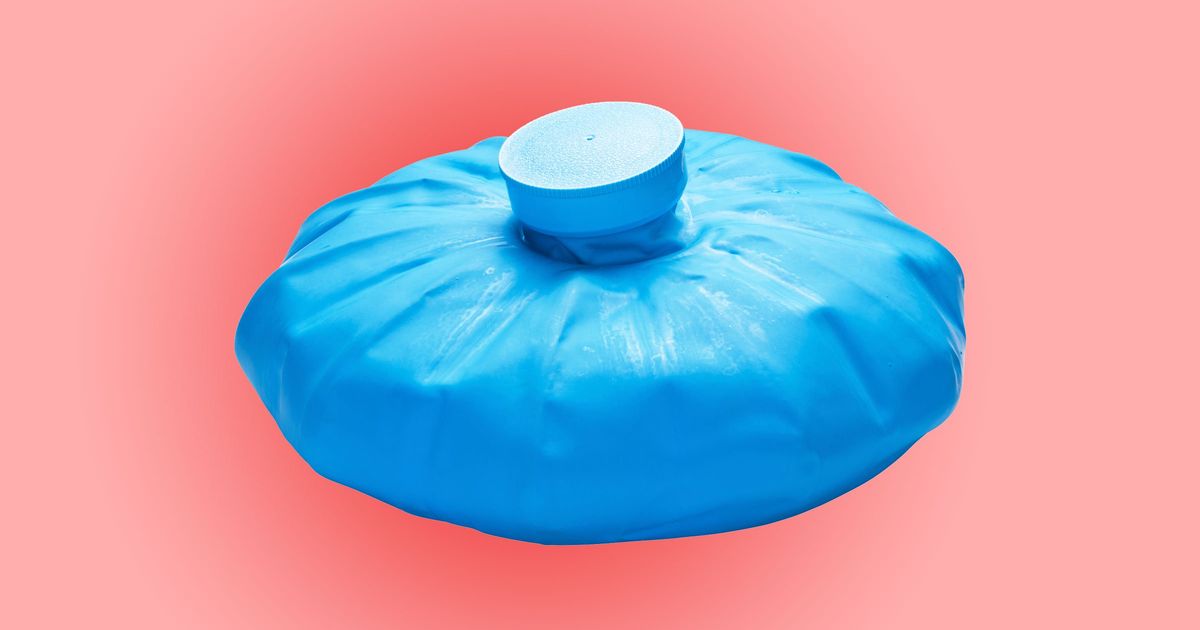
Ice and elevation is a simple first line of defense to help ease the pain of an infected tattoo. Ice can reduce the swelling and inflammation caused by the infection and stop bleeding within the tissue. Elevating the infected area above the heart will also keep inflammation down and ease internal bleeding. Keeping these symptoms at bay can help stop the tattoo from bruising. An easy method is to wrap an ice pack in a thin cloth, apply it to the tattoo, and raise the infected area on pillows while icing. Ice for ten to twenty minutes at a time, and keep the tattoo elevated as much as possible, even without ice.
Learn more about how to treat an infected tattoo now.
Anti-Inflammatory Medication
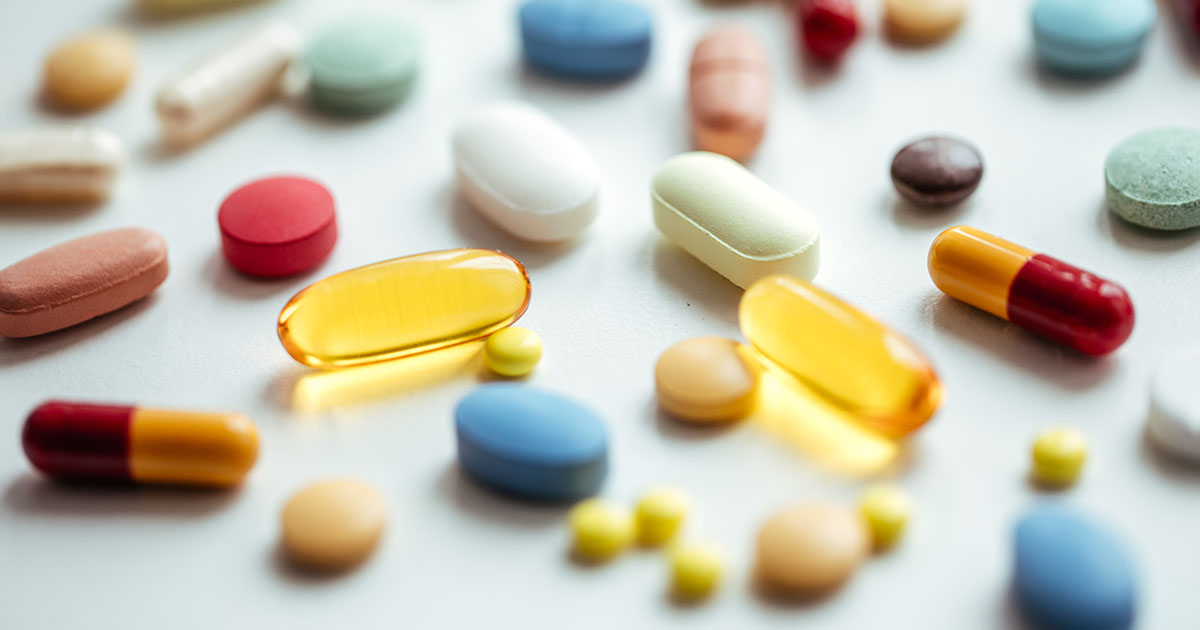
Anti-inflammatory medication is most commonly used to reduce pain, inflammation, and fever. With fever being a common side effect of a tattoo infection, it is important to use anti-inflammatories to tackle the symptoms before they get out of hand. Over-the-counter anti-inflammatories should suffice, but a doctor may prescribe a stronger dose depending on the severity of the infection. Using over the counter anti-inflammatories is not recommended long term. If an infection from a tattoo causes a fever for more than three days and pain for more than ten, consulting a doctor is the best choice.
Continue reading to learn about more treatments for infected tattoos now.
Antibiotic Creams
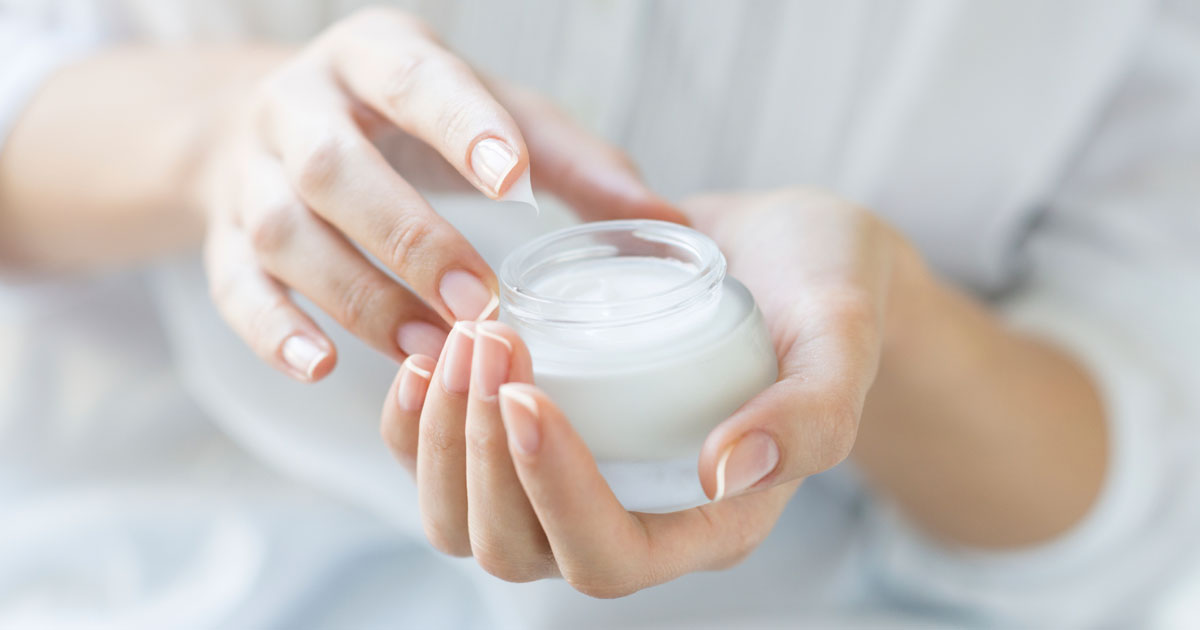
Antibiotic cream is used to treat or prevent bacterial infections, typically on the surface of the skin. Antibiotic creams can be purchased over-the-counter and used up to three times a day. Most tattoo artists do not recommend using petroleum-based antibiotic cream during normal healing as is it may alter the final look of the tattoo, but it is better to err on the side of caution when dealing with an infected tattoo. Cream antibiotics are thinner and easier to spread, making them useful for larger tattoo infections and infections that are oozing. Dry, crustier infected tattoos would benefit from the thickness of an oil-based antibiotic ointment.
Get the details on more ways to treat an infected tattoo now.
Antihistamine Medication
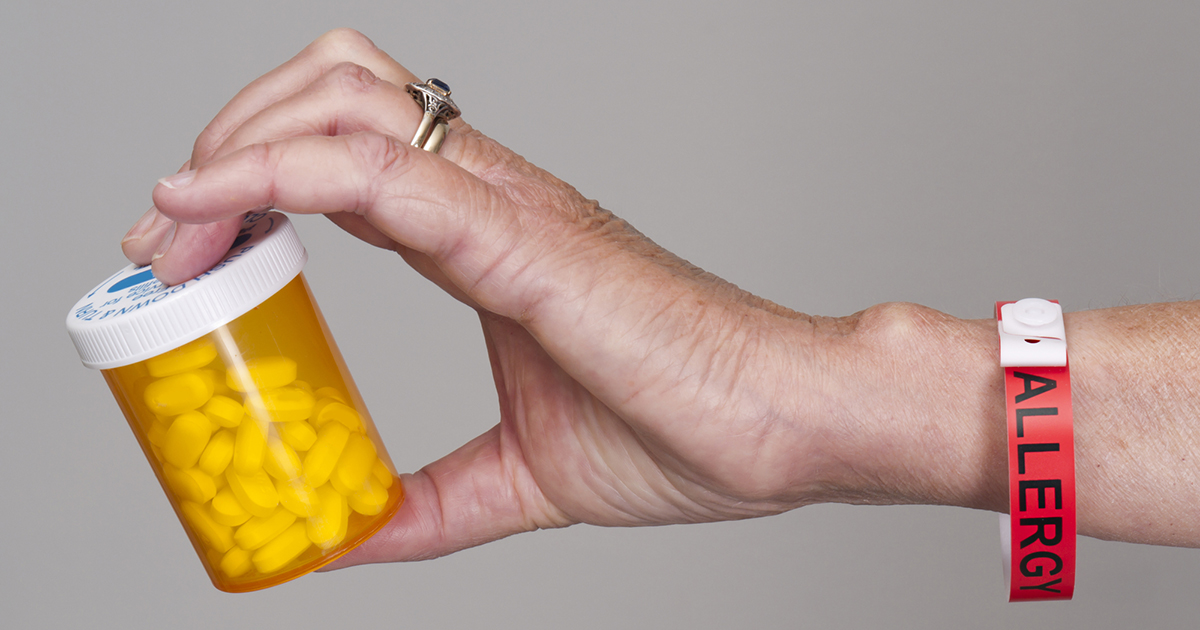
Sometimes infected tattoos are caused by an allergic reaction to the ink used. Red ink is notorious for being an allergen when it comes to tattoos. Sometimes an allergic reaction can occur even if the allergen is not ink; the irritation of the skin itself during the tattooing process could be enough. Antihistamine medication helps block allergen receptors in the body to stop allergic reactions. This can include the swelling, pain, itching, and any flaking caused by the infection after a reaction. If the infection is notthe result of an allergy, antihistamines can still be useful in treating infection symptoms that mimic allergic reactions. Over-the-counter antihistamines are the easiest to purchase. Checking the targeted symptoms and side effects will make sure the best medication is chosen.
Reveal another method of treating infected tattoos now.
Oral Antibiotics
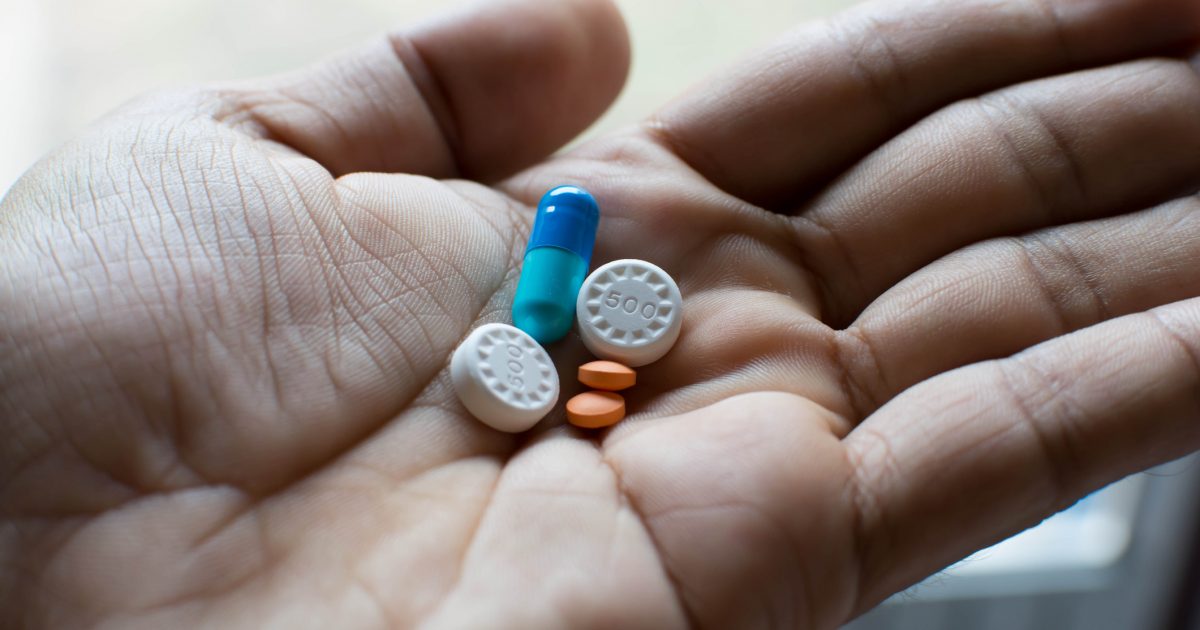
If an infected tattoo is too serious for simple over the counter treatments, a physician may prescribe oral antibiotics. Oral antibiotics are used to treat bacterial infections, so they will be useless against tattoo infections caused by viruses. Most physicians will prescribe antibiotics to eliminate the bacterial infection or identify a viral infection and decide on a treatment plan from there. The antibiotics are normally taken twice a day for seven to ten days until the infection is gone. This is the most powerful and effective way to get rid of any bacterial infection in the body.
